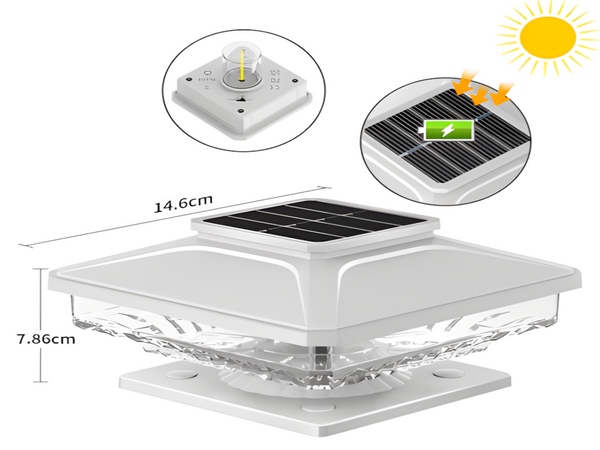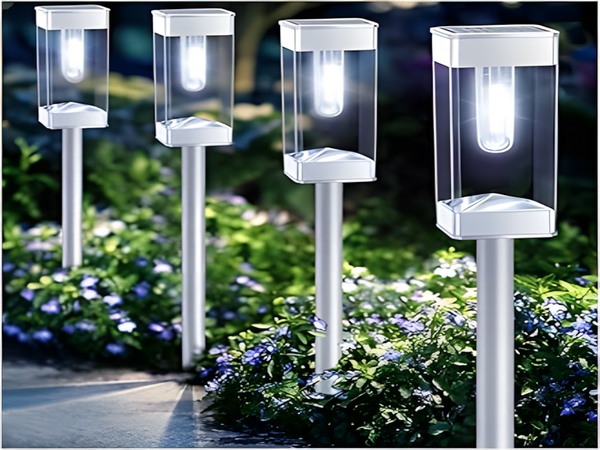
Streetlights are common lighting tools in our daily lives, bringing light to our nighttime activities. Traditional electric streetlights consume a lot of power, which is why solar streetlights have been widely promoted since their inception, gradually becoming the ‘Kongming lantern’ of new rural areas.
Solar streetlights primarily rely on crystalline silicon solar cells to replace traditional grid-powered public lighting. With the gradual development of Urban-Rural integration, the lifestyle and living conditions of rural residents have undergone significant changes. Additionally, with the advancement of new rural construction and the establishment of civilized ecological villages, the application of solar streetlights on rural roads is becoming increasingly common.

The installation of solar streetlights does not require complex wiring; only a cement base and a battery pit are needed. In terms of cost, conventional electric streetlights incur fixed electricity bills over time, and maintenance costs increase each year. In contrast, solar streetlights require a one-time investment with no maintenance costs, making them particularly suitable for rural roads.

Market research has shown that the solar streetlight market has shifted from urban to rural areas, with sales of solar streetlights in rural regions accounting for more than half of total sales. With improved living standards in rural areas, an increasing number of businesses are establishing factories in these regions, providing employment and enhancing people’s quality of life, with some areas even surpassing urban living standards. Life in rural areas has become more vibrant at night, and the need for streetlights has become an urgent requirement for convenient travel.



